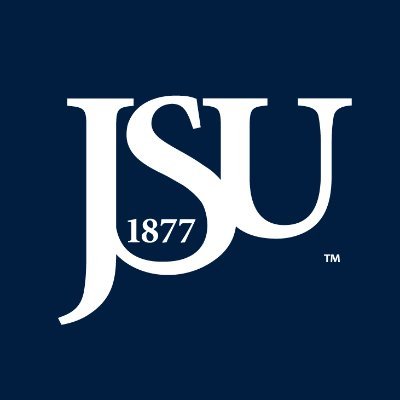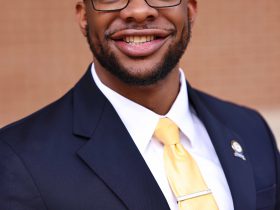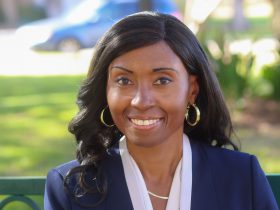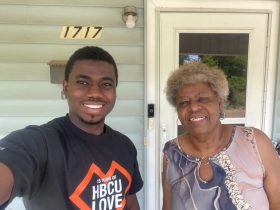by Aron Smith
Jackson State University senior Johnathan Johnson achieved a milestone many may only dream about. The computer science major helped design and develop a NASA satellite when he was selected to participate in the distinguished NASA 2024 Mission Concept Program, sponsored by the University Nanosatellite Program (UNP).
From May to June, students spent a week at the Kennedy Space Center in Florida, ending with seven weeks in Albuquerque, New Mexico.
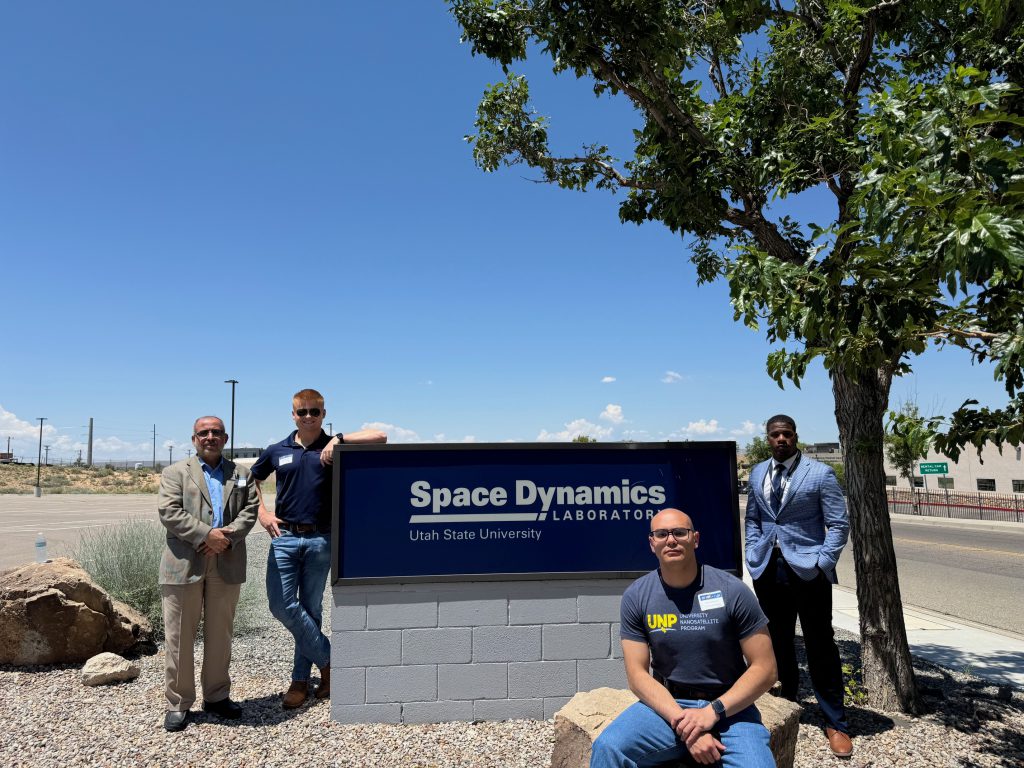
Johnson’s unexpected journey began when he received an email from Dr. Shuang Tu, an engineering professor at the College of Science, Engineering, and Technology (CSET), who shared the program opportunity, leading Jackson to apply.
Shortly after, he received a call from Dr. Mustafa Matalgah, an electrical and computer engineering professor at the University of Mississippi (UoM), who led the Mississippi cohort. After a swift Zoom interview, Matalgah welcomed Johnson to the team.
The professor emphasized the program’s practical experiences: “Here, we teach them on paper, but they don’t build the products. In this CubeSat project, they’re going to learn how to design[and] build a product from A to Z, from scratch, a product that’s [going to be] working [and] that’s going to be in space.”
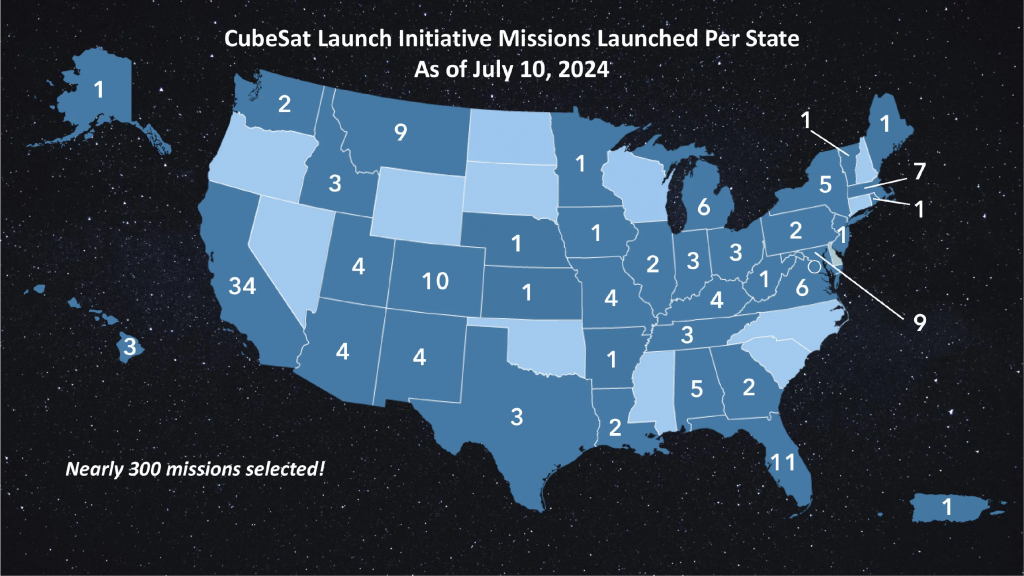
Despite being the only member from an HBCU, Johnson focused on expanding beyond the distinction. “My main concern was whether I was even qualified to take up this internship,” he admits. “But once the program started, I realized no one is ever fully qualified to build and launch a satellite by themselves. It takes a team, and we’re all learning together.”
Johnson’s team included three UoM students:
- Mohammed Alqodah, a doctoral electrical engineering student from Irbid, Jordan
- Jesus Delgado, a senior electrical engineering major from Maracaibo, Venezuela
- Logan Stockham, a senior electrical engineering major from Knoxville, Tennessee
Each worked on the project to enhance satellite communication using the Ka band, an electromagnetic spectrum known for its high data rate capabilities. This initiative allows students to collaborate with NASA and the U.S. military, enhances the teams’ chances of being selected to fly their satellites as part of NASA’s CubeSat Launch Initiative (CSLI), and kickstarts their careers in the space industry.
The innovative project integrates dynamic modulation and coding techniques to optimize communication performance. “Our goal is to improve satellite communication from space to ground,” Johnson explains. “We’re tackling challenges in the Ka band spectrum using advanced communication techniques.”
He described working with NASA as a transformative learning experience. “In the classroom, answers can be found in textbooks or through teachers,” Johnson noted. “Here, we must think critically and solve problems without clear answers. The stakes are high, with millions of dollars and human lives potentially on the line.”
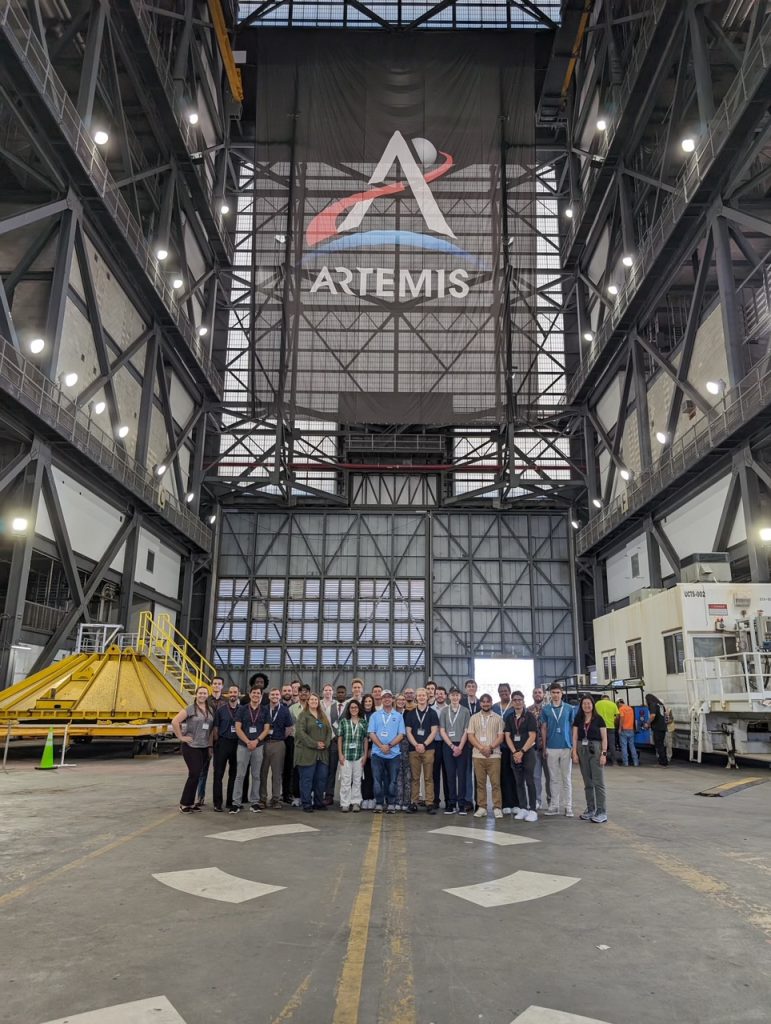
He credits his JSU education for preparing him for the rigors of the program. “JSU teaches you how to think and learn,” he says. “Courses like calculus, differential equations, and digital signal processing have been crucial and provided a foundation directly applicable to what we’re doing now.”
What’s Next: A potential partnership between JSU, UoM, and NASA. If realized, the new collaboration would align with the two Universities’ recent historic 3+3 Accelerated Law Program partnership.
“This experience has opened up so many career possibilities. It’s not just about working a standard job. It’s about applying what I love in a way that excites me every day,” he says. “I thank God for this opportunity and look forward to the future,” Johnson said.


